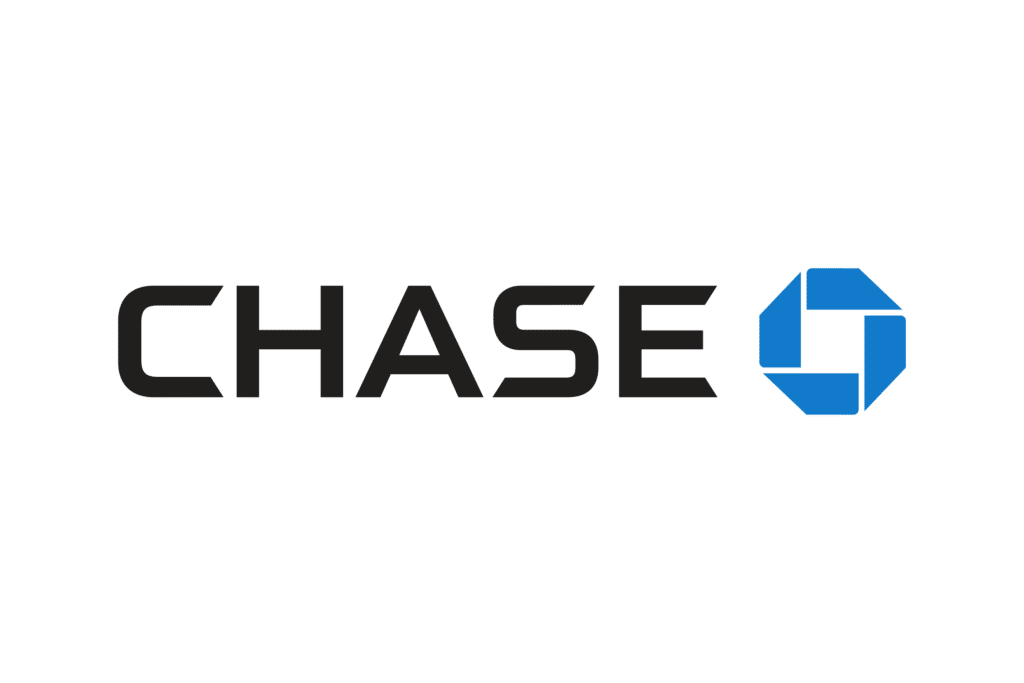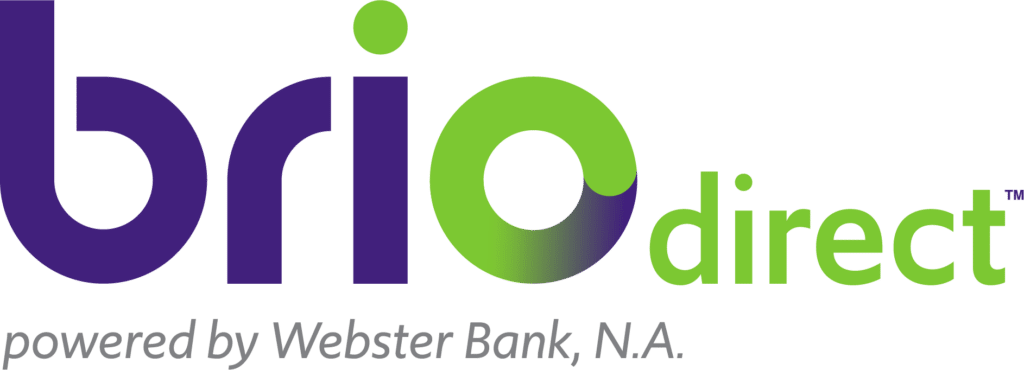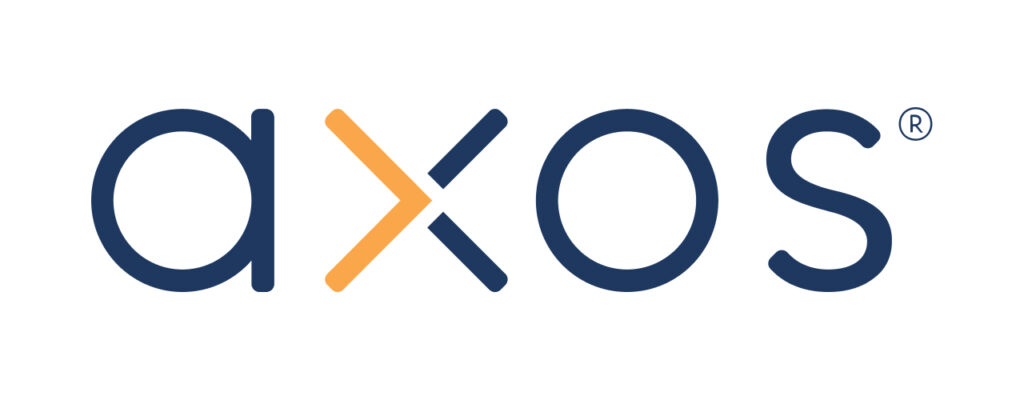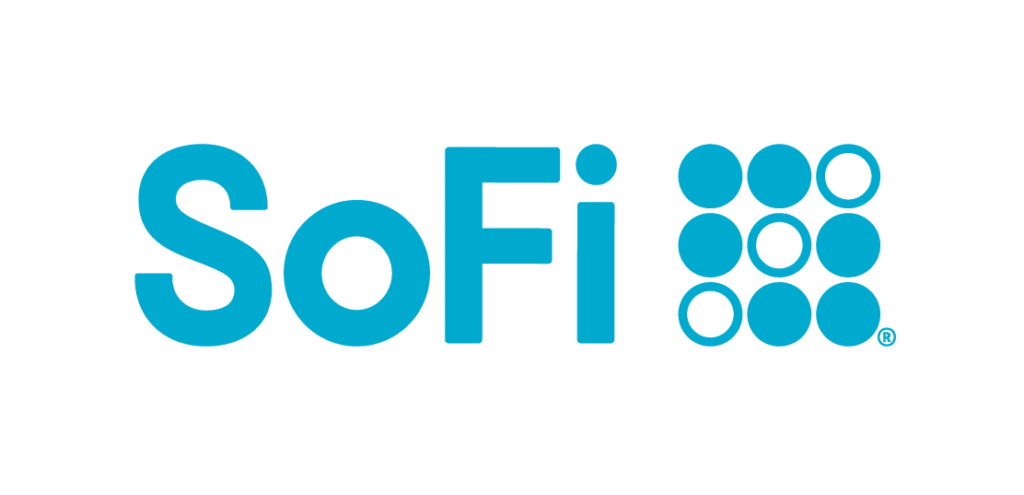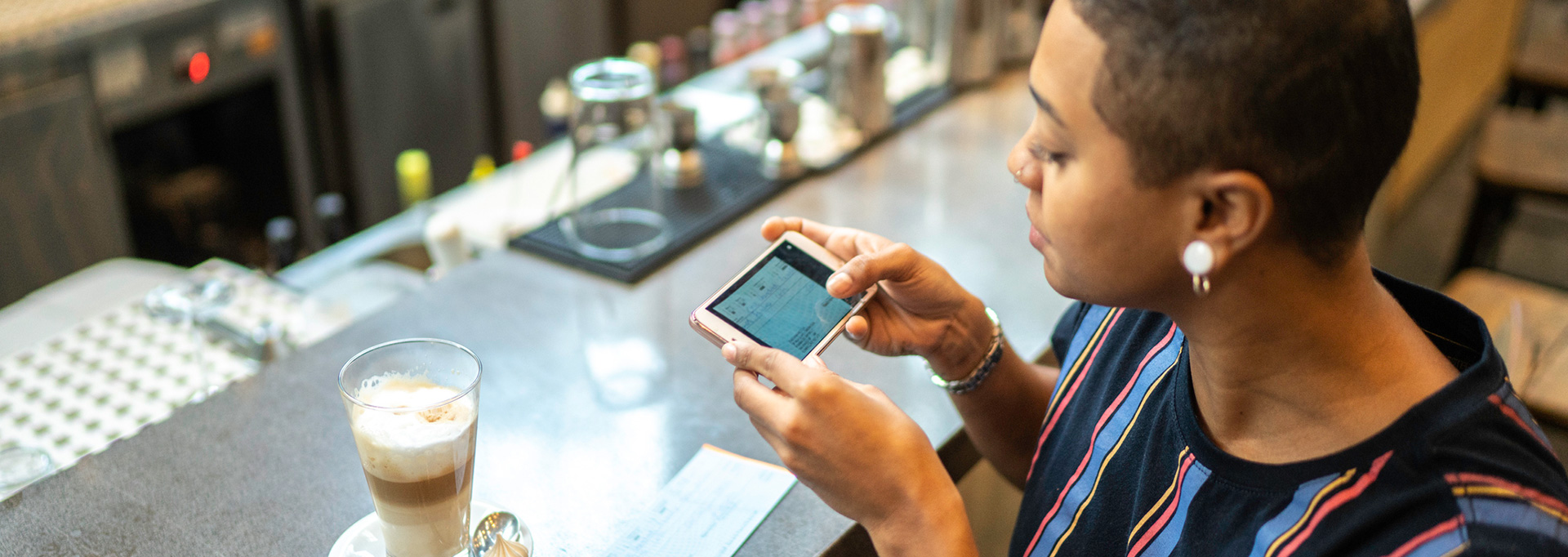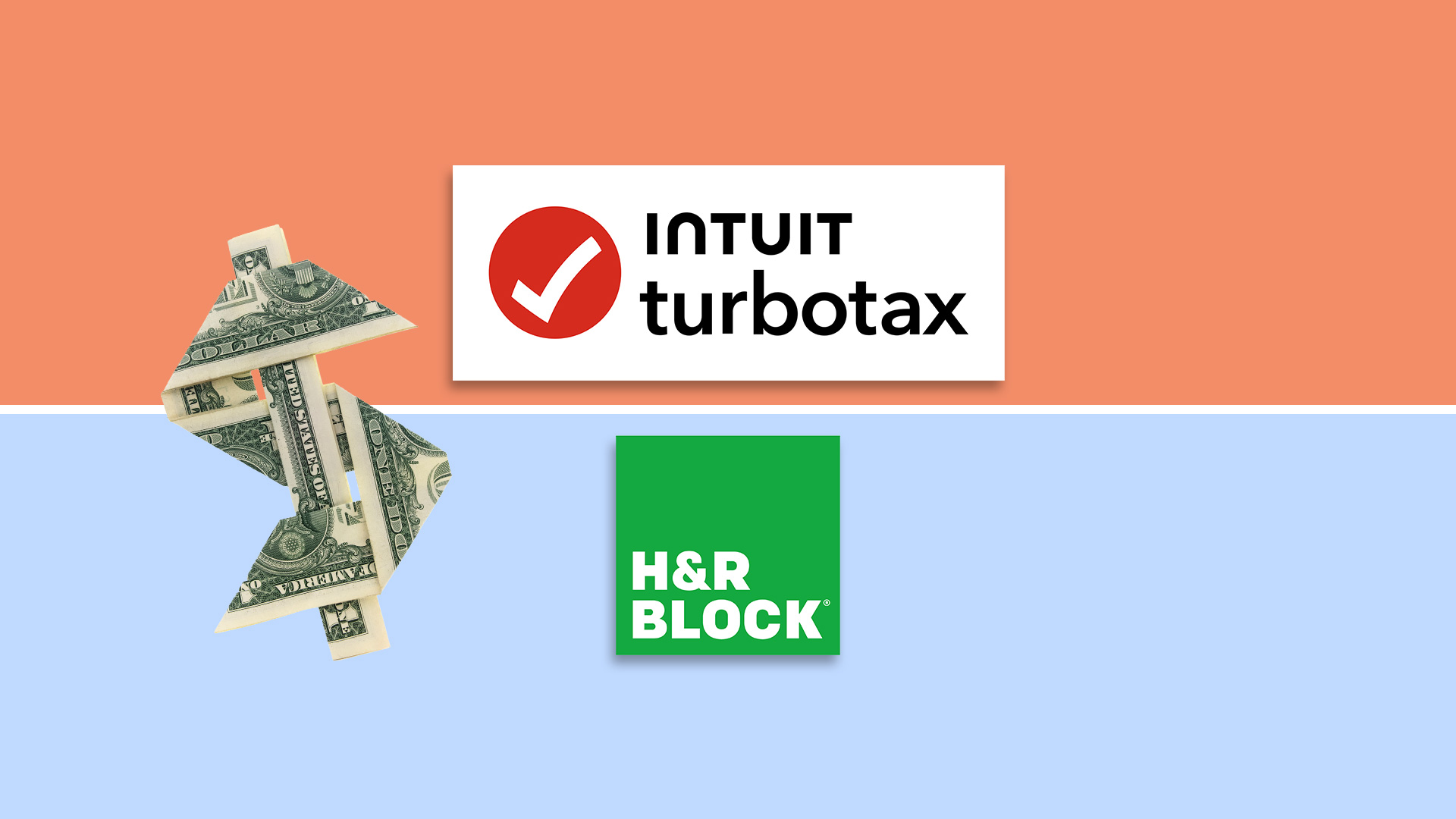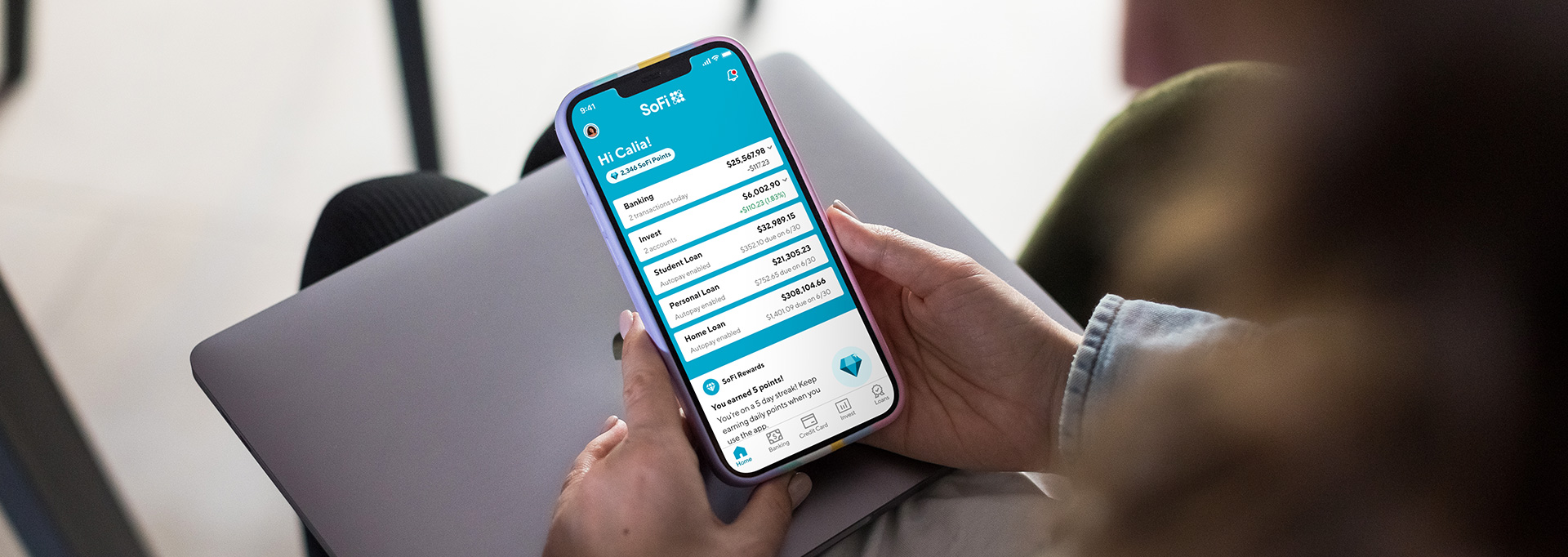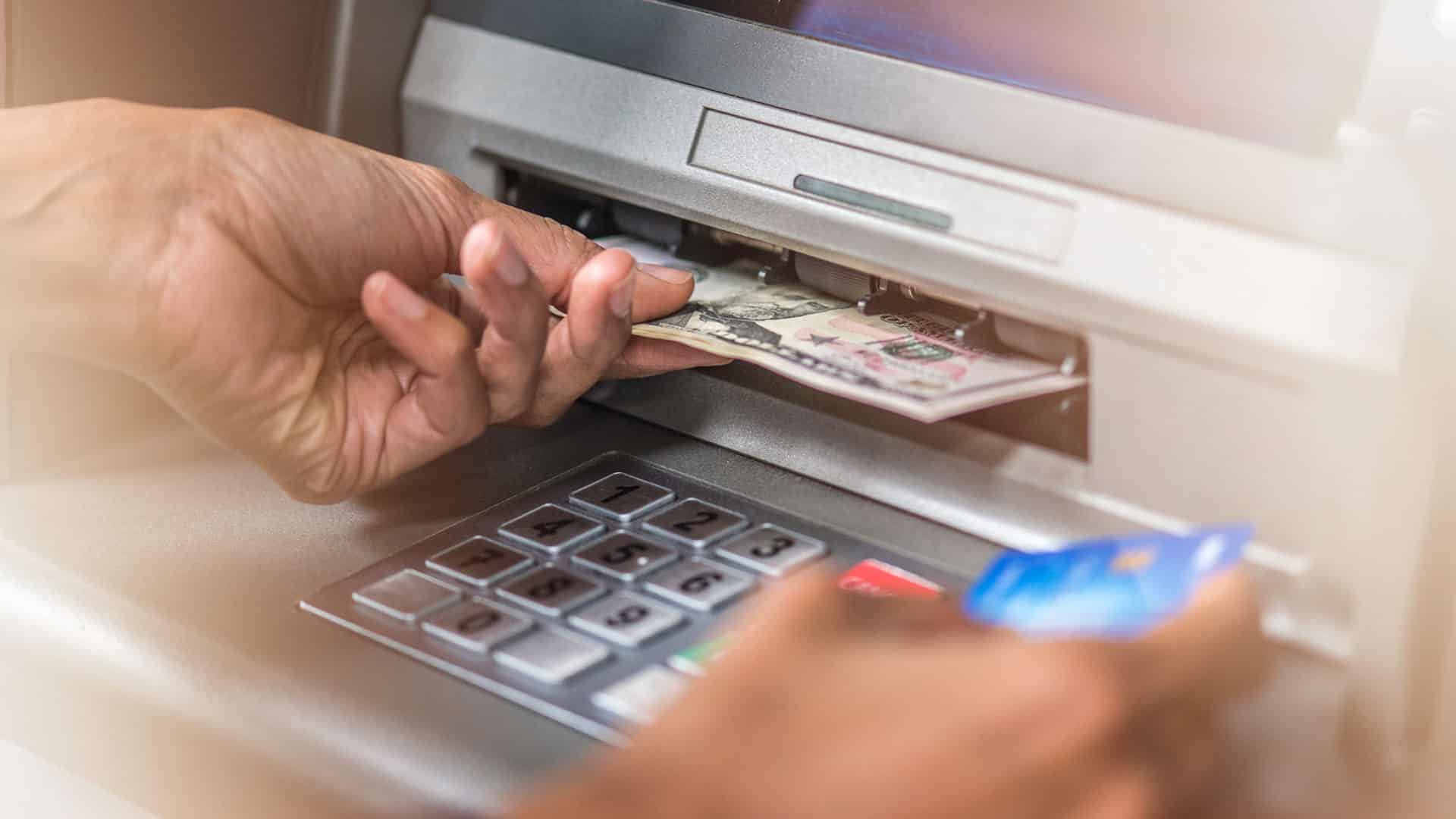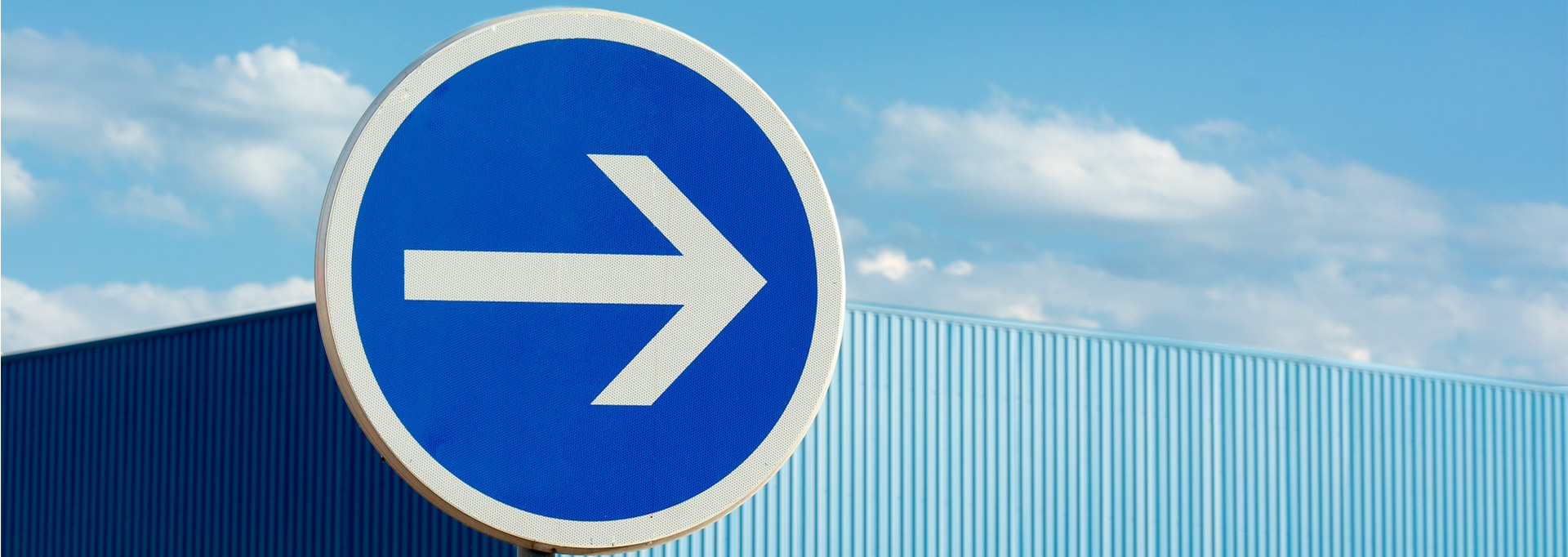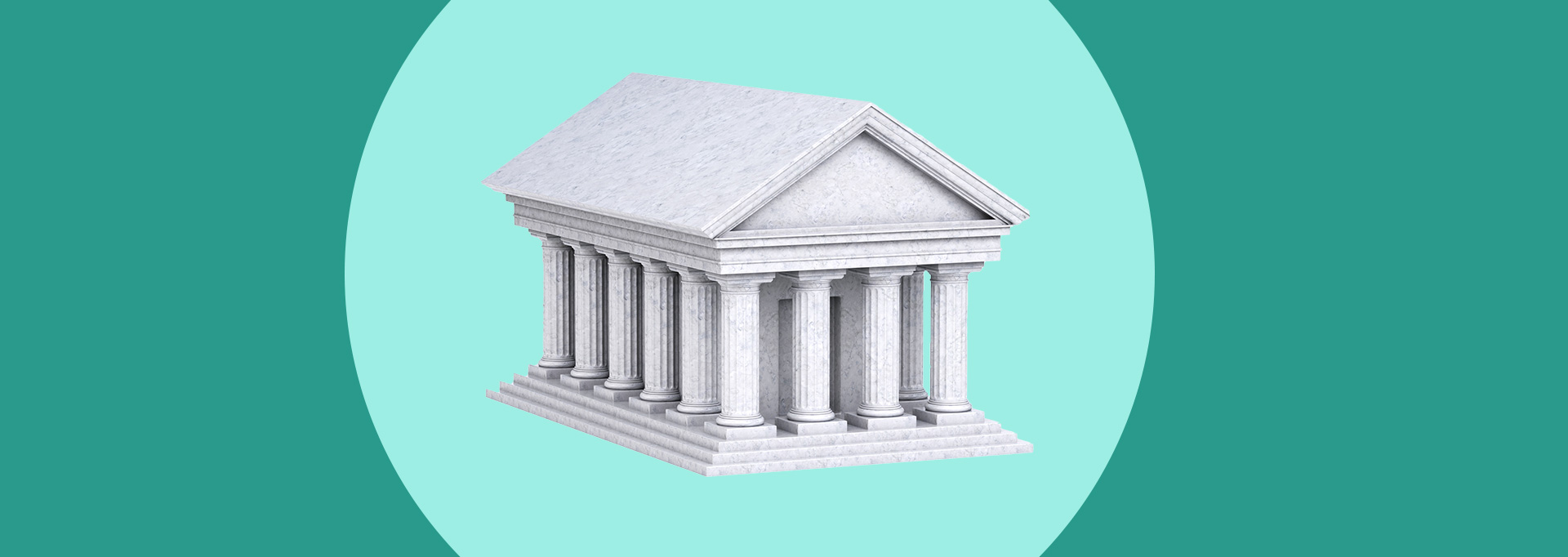Most products on this page are from partners who may compensate us. This may influence which products we write about and where and how they appear on the page. However, opinions expressed here are the author's alone, not those of any bank, credit card issuer, airline or hotel chain.
For many years, the only way to open a checking or savings account was to visit the local brick-and-mortar branch of a bank or credit union. And while it's still possible to bank with a traditional financial institution this way, in-person banking is no longer your sole option—you can also choose from a variety of online banks.
Storing your money with a traditional bank comes with pros and cons, and the same is true for online banks. So, if you're on the fence about whether an online or traditional bank might be best for your banking needs, the following guide can help you understand the difference between online banks vs. traditional banks.
Online vs. Traditional Banks Comparison
In many ways, online and traditional banks work the same. With both, you may be able to open checking accounts and savings accounts, and borrow money as well. Yet there are a few key differences that set these two types of financial institutions apart.
Online vs. Brick-And Mortar Banking: Key Differences
| Traditional Banks | Online Banks |
|---|---|
|
Offer physical locations; customers can visit branches in-person |
Typically do not feature physical locations |
|
Typically accept cash deposits and provide a wide network of branded ATMs |
Typically do not accept cash deposits and more limited ATM access/use |
|
Accounts tend to feature lower APYs |
Accounts tend to feature higher APYs |
|
More likely to charge fees for premium accounts |
More likely to feature premium accounts with no monthly fees |
Traditional Banks Overview
Traditional banks have existed in the United States for 240 years. The primary feature that differentiates traditional banks from online banks is that you can visit a branch in person. Whether you opt to do business with a large national bank or a smaller local brand, a traditional bank should have at least one brick-and-mortar location you can visit to speak with a live banking representative. (Some traditional banks may encourage or even require you to schedule an appointment to speak with someone about your account, apply for financing and handle other issues.)
In addition to in-person customer service, traditional banks may also offer features that online banks do not. For example, some online banks do not accept cash deposits. And cash withdrawals from an online bank may be more limited since you're at the mercy of ATM limits and the specific cash denominations that the ATM stocks (typically $20 bills).
Pros and Cons of Traditional Banks
Pros
- In-person customer service is available
- Ability to make cash deposits
- Ability to make in-person cash withdrawals (without limits, in preferred denominations)
- Large ATM networks are often available
Cons
- Monthly fees often apply
- Interest rates (APY) often lower
- Apps and online banking options may have fewer features or be less user-friendly
- Opening a new account may be tedious
Recommended Bank Accounts
| Account | Intro Bonus | Monthly maintenance fee | Learn More |
|---|---|---|---|
|
|
$300Expires July 16, 2025
New Chase checking customers enjoy a $300 bonus when you open a Chase Total Checking® account with qualifying activities |
$12 with options to waive
Chase Total Checking customers can have their monthly maintenance fee waived by receiving direct deposits totaling $500 or more in new money each monthly statement period, maintaining a daily balance of at least $1,500 at the beginning of each day, or maintaining an average beginning day balance of $5,000 or more in any combination of linked qualifying Chase checking, savings and other accounts |
Open Account |
|
|
Up to $400Expires May 6, 2025
Earn up to $400 when you open a new U.S. Bank Smartly® Checking account and complete qualifying activities. Subject to certain terms and limitations. Offer valid through May 6, 2025. Member FDIC. Offer may not be available if you live outside of the U.S. Bank footprint or are not an existing client of U.S. Bank or State Farm. |
$6.95
Account holders can have the monthly fee waived by meeting one of the following requirements: have combined monthly direct deposits totaling $1,000 or more; keep a minimum average account balance of $1,500 or more; hold an eligible U.S. Bank credit card; qualify for one of the four Smart Rewards™ tiers (Primary, Plus, Premium or Pinnacle); be a member of the military (requires self disclosure) or be under 24 years of age or 65 and older. |
Open Account |
Online Banks Overview
Online banks don't offer in-person banking services like traditional banks and credit unions. However, by not maintaining brick-and-mortar locations, these financial institutions are also able to reduce their expenses. In return, online banks can pass these savings on to their customers. Many online banks offer attractive benefits such as zero monthly banking fees and and high-yield savings accounts.
While digital banking traces its roots back to the 1980s, most early examples involve traditional banks offering online services. The first all-digital American bank—aptly named First Internet Bank—came about in 1999. Online banking didn't really take off until the mid-2000s, at which point technological advancements such as smartphones and laptops had greatly increased internet accessibility. Big players in the online bank scene like Quontic Bank and Ally Bank launched soon after, with others following suit in the early 2010s.
There are now many online banking options for consumers to choose from, with the best online banks offering a wide variety of checking accounts, savings accounts, CDs and more.
Pros and Cons of Online Banks
Pros
- Little to no fees for banking
- May offer higher interest rates (APY)
- Large ATM networks are often available
- ATM fee reimbursement may be available
- Robust apps and online banking solutions
Cons
- No in-person banking options
- Cash deposits may not be available
- Cash withdrawals may be limited
- ATM fees may apply
- Phone, chat or online support might be slow or difficult to navigate
Recommended High-Yield Savings Accounts
| Bank Account | APY | Features | Learn More |
|---|---|---|---|
|
|
4.50%
*Annual Percentage Yield (APY) is variable and is accurate as of 4/02/2025. Rate is subject to certain terms and conditions. You must deposit at least $5,000 to open your account and maintain $25 to earn the disclosed APY. Rate and APY may change at any time. Fees may reduce earnings. |
$5,000 min. deposit |
Open Account |
|
|
Up to 4.66%
Earn up to 4.66% APY on savings, and 0.51% APY on checking when you meet requirements. |
No minimum deposit |
Open Account |
|
Member FDIC |
0.50% - 3.80%
SoFi members who enroll in SoFi Plus with Direct Deposit or by paying the SoFi Plus Subscription Fee every 30 days or with $5,000 or more in Qualifying Deposits during the 30-Day Evaluation Period can earn 3.80% annual percentage yield (APY) on savings balances (including Vaults) and 0.50% APY on checking balances. There is no minimum Direct Deposit amount required to qualify for the stated interest rate. Members without either SoFi Plus or Qualifying Deposits, during the 30-Day Evaluation Period will earn 1.00% APY on savings balances (including Vaults) and 0.50% APY on checking balances. Only SoFi Plus members are eligible for other SoFi Plus benefits. Interest rates are variable and subject to change at any time. These rates are current as of 1/24/25. There is no minimum balance requirement. Additional information can be found at http://www.sofi.com/legal/banking-rate-sheet. See the SoFi Plus Terms and Conditions at https://www.sofi.com/terms-of-use/#plus. |
No minimum deposit |
Open Account |
|
|
4.10%
Earn 4.10% APY on balances over $5,000. Balances of less than $5,000 earn 0.25% APY. Annual Percentage Yield is accurate as of March 19, 2025. Interest rates for the Platinum Savings account are variable and subject to change at any time without notice. |
$100 minimum deposit |
Open Account |
How to Choose the Best Bank for You
Gone are the days when you have to choose a single bank to serve all of your needs. It's now easy (and often wise) to store your money with more than one financial institution. Keeping your emergency fund in a separate account, for example, could help you remove the temptation to spend your savings and might help you earn a higher interest rate on your money.
If you're in the market for a new deposit account, your best bet is to shop around and see what's available. Don't feel like just because you have your checking and savings account with on bank that you need to open a certificate of deposit (CD), for example, with the same financial institution. Instead, see which banks offer the best CD rates and go from there.
Likewise, if you're looking for a high-yield savings account to save money for a short-term savings goal, you'd be better off comparing offers and seeing which banks have the best high-yield savings account deals. In some cases, you may be able to find bank bonuses and promotions that you can earn when you open a new bank account—and even good offers for small business checking accounts.
 Related Article
Related Article
Best Bank Account Bonus Promotions in April 2025
Bottom Line
Depending on your banking needs and preferences, you might be able to benefit from opening both online and traditional bank accounts. Consider what services and features you prefer, such as in-person service, user-friendly mobile tools, low fees and high APYs. The good news is that you don't have to choose between these two options.
There's nothing wrong with opening both types of bank accounts and linking them together. When you choose to work with both online banks and traditional banks, you can put together a variety of financial products to take the best care of your unique financial needs.






